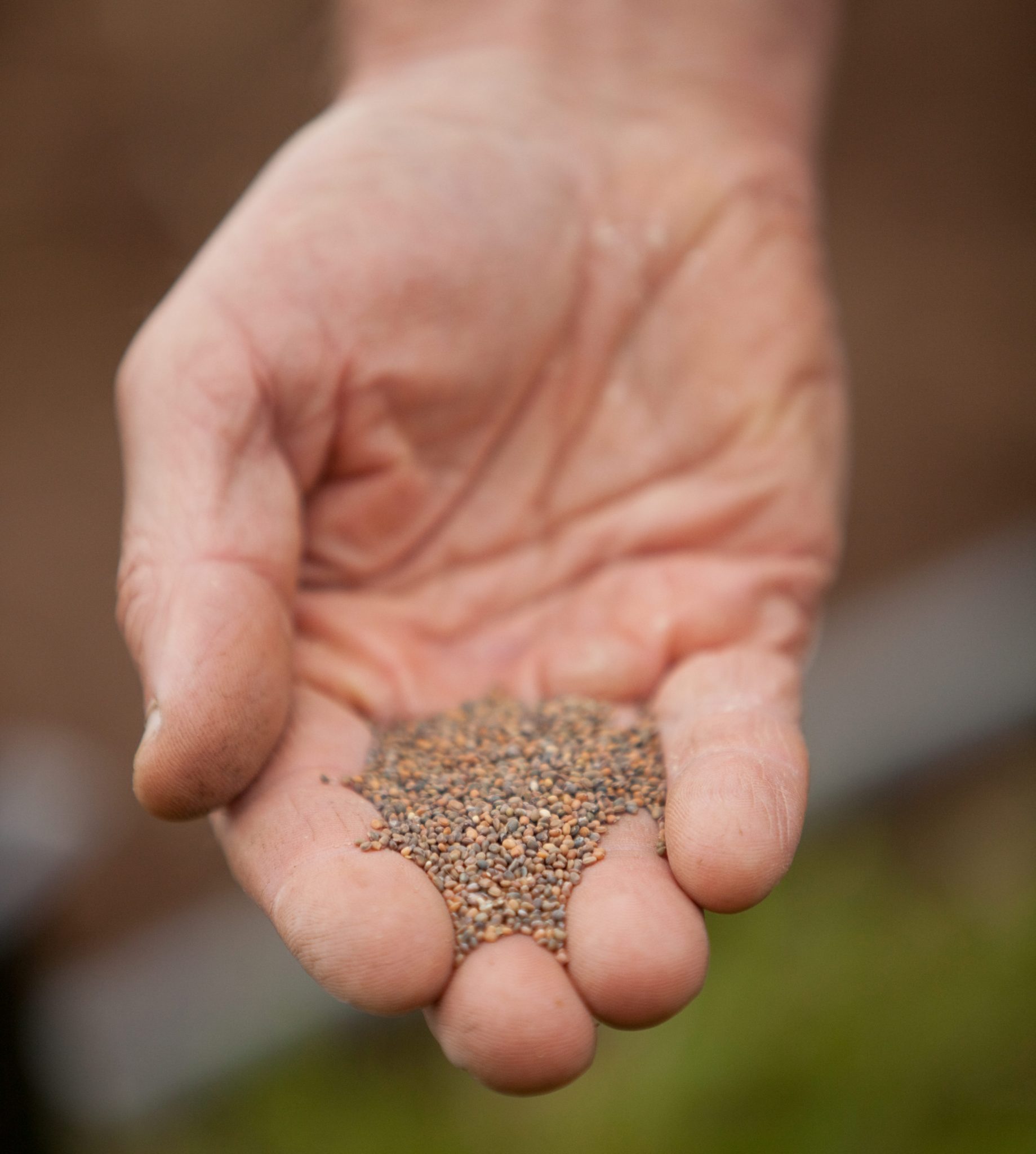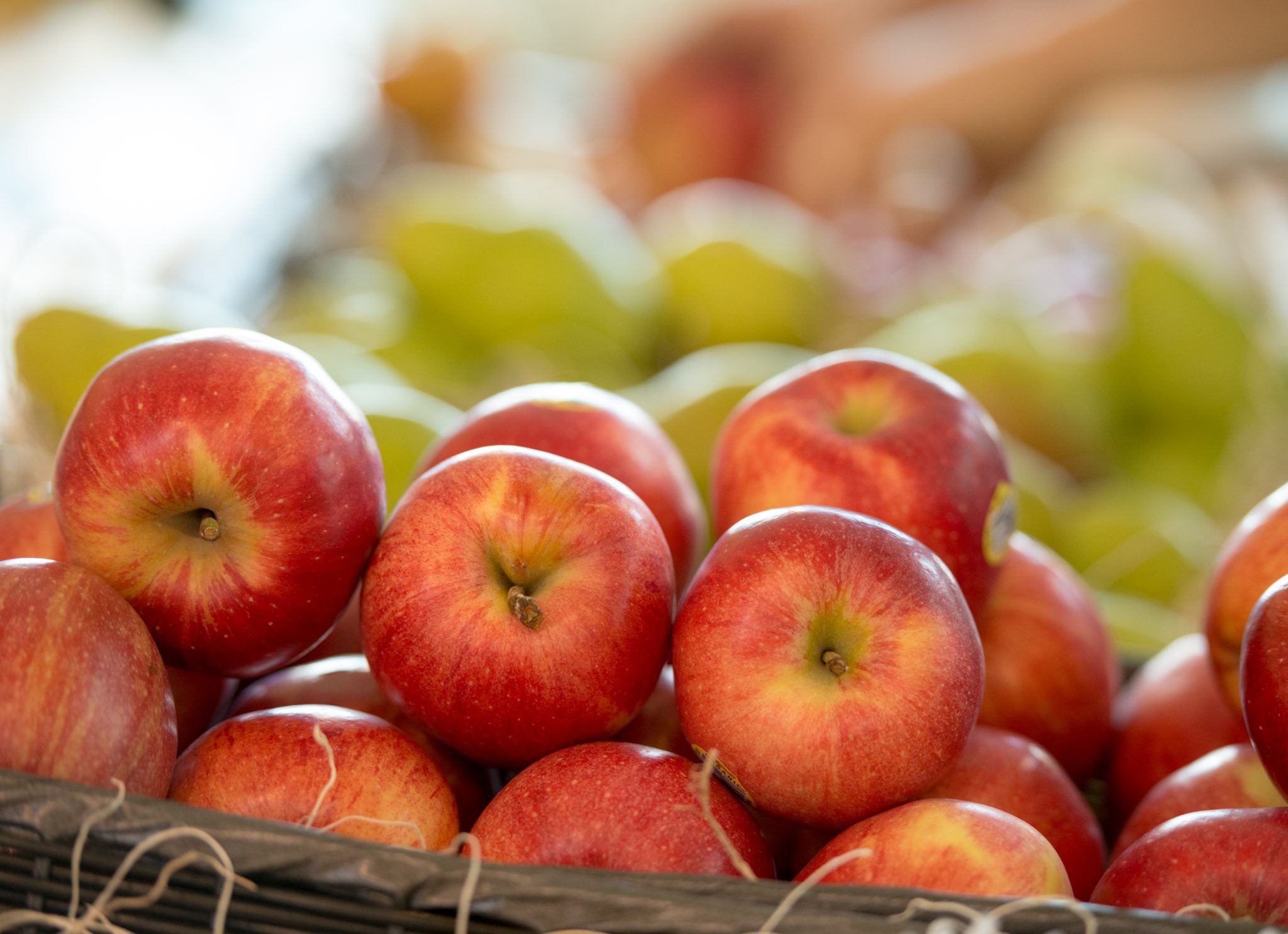The topic of genetically modified organisms (GMOs) is a contentious one, fraught with political, humanitarian, and environmental concerns. If you have had trouble understanding the GMO debate, you are not alone. As always, our goal is transparency and honesty, which is why we’ve done the research to shed some light on this important debate.
What is a GMO?
A GMO, or genetically modified organism, is a plant, animal, microorganism or other organism whose genetic makeup has been modified in a laboratory using genetic engineering or transgenic technology. This creates combinations of plant, animal, bacterial and virus genes that do not occur in nature or through traditional crossbreeding methods.
Why would we want to genetically modify foods?
The goal behind genetic engineering is to cut and splice the DNA of an organism in a way that will result in ideal characteristics or traits for that organism. (For example: disease resistance, longer shelf life, or increased nutritional value.) In theory, the resulting organism will be identical to the non-genetically modified original, except that it will have the new trait conferred by the new gene. In practice, most commercially-available GMOs are engineered to produce insecticides or tolerate herbicides.
Reasons for genetically modifying crops include: improving quality and taste, reduced risk of disease and crop failure, added nutritional benefits, and reducing herbicides and pesticides used in farming, among others. While these goals are certainly desirable, it is not clear whether genetically modifying foods will prove to be the safest and most efficient way to achieve them.
Isn’t genetic modification the same as breeding?
GM technology is different than classical breeding, in that it involves the construction of new synthetic genes that do not exist in nature. Traditional breeding does not produce crops that may be sprayed with herbicides or that produce insecticides, however most commercially available GMOs are engineered for this purpose.
Genetic modification affects many of the products we consume on a daily basis. As the number of GMOs available for commercial use grows every year, the Non-GMO Project works diligently to provide the most accurate, up-to-date standards for non-GMO verification.
In order for a product to be Non-GMO Project Verified, its crop must be evaluated for compliance with a set of standards, which categorizes crops into four risk levels:
When the Non-GMO Project says a crop (also referred to as an input or an ingredient) is “high-risk,” it does not mean that the crop is harmful or worse than other crops. It means a GMO version of that crop is widely commercially available, and that crop is therefore at “high risk” of being a GMO.
High Risk: The input is derived from, contains derivatives of, or is produced through a process involving organisms that are known to be genetically modified and commercially available. Examples include alfalfa, canola, corn, cotton, papaya, potatoes, soy, sugar beet, yellow summer squash and zucchini, animal products, microbes and enzymes.
Low Risk: Inputs or ingredients that are at a low risk of being produced through genetic engineering or from genetically modified organisms (GMOs) because no known GMO counterparts currently exist. Example: Lentils are low risk because there aren’t any GMO lentils — they are not widely commercially available.
Non-Risk: The input is not derived from biological organisms and not, therefore, susceptible to genetic modification.
Monitored Risk: The Non-GMO Project carefully monitors the development of new genetically engineered products; they are currently tracking close to 100 products. Of those, they have included the following in their surveillance program, either because they will likely soon be widespread or because of known instances of contamination from GMOs. A few examples of those being monitored are flax, mustard, rice, wheat, apples, mushrooms, oranges, pineapples, camelina (false flax), sugarcane, and tomatoes.
Though there are only several GM crops that are widely available, they are commodity crops that often get further processed into a variety of ingredients. These high-risk ingredients are typically present in packaged products as:
Amino acids, alcohol, aspartame, ascorbic acid, sodium ascorbate, citric acid, sodium citrate, ethanol, flavorings (“natural” and “artificial”), high-fructose corn syrup, hydrolyzed vegetable protein, lactic acid, maltodextrins, molasses, monosodium glutamate (MSG), sucrose, textured vegetable protein (TVP), xanthan gum, vitamins, vinegar, and yeast products.

Why would I want to avoid GMO’s?
The fact that GMOs are “unnatural” and artificial does not automatically make them dangerous: It is the lack of current understanding and assessment of potential risks that are of concern.
The control of gene function consists of a highly complex network of interactions, which scientists do not fully understand. A single disturbance in gene organization or function can affect multiple gene systems, which in turn affect cellular function and health. Some speculate that unintended results of genetic modification could lead to toxins and allergens in our food, decreased nutritional value, or that they could be harmful to the environment.
Genetically modified foods are not extensively tested and strictly regulated before being introduced to our food system. Many fear that the release of GMOs into the environment will be irreversible: once a modified organism is released into the ecosystem, they can’t be recalled and may continue to pass on their genes in unpredictable ways. Non-GMO advocates feel that the tests that have been done may be biased (for example, most are funded by the companies who wish to sell GMO seeds), and do not reliably prove safety. A chemical company’s ability to patent certain GMO seeds is another point of contention between pro-GMO and non-GMO advocates.
What is the Non-GMO Project?
The Non-GMO Project is a nonprofit organization that was created in 2007. They are committed to preserving and building sources of non-GMO products and educating consumers.
The Non-GMO Project supports the idea that everyone has a right to know what is in their food and deserves access to non-GMO choices. They aim to preserve the integrity of our diverse genetic inheritance, support the rights of farmers to save and plant their own seeds, and protect our supply of non-GMO seed.
They do this by performing ongoing testing of ingredients throughout the food production process. Their Product Verification Program creates efficiency for an industry where sharing of co-packers and ingredient suppliers is common. By engaging a critical mass of companies, from seed growers to manufacturers, they can achieve the economy of scale that makes long-term non-GMO sourcing possible.
How can I avoid GMO’s?
Look for the USDA Certified Organic or Non-GMO Project Verified labels to ensure that your food is GMO-free.
The use of genetic engineering is prohibited in foods bearing the USDA Certified Organic label. As the USDA website explains “This means an organic farmer can’t plant GMO seeds, an organic cow can’t eat GMO alfalfa or corn, and an organic soup producer can’t use any GMO ingredients. To meet the USDA organic regulations, farmers and processors must show they aren’t using GMOs and that they are protecting their products from contact with prohibited substances, such as GMOs, from farm to table.”
The Non-GMO Project Verified label means that a product has been tested for GMO residue at multiple levels of production. Be aware that Non-GMO verified products can still be grown conventionally (non-organically), so your best bet is to look for both labels when you shop. This chart helps explain the differences between these labels in further detail.
Also be wary of labels that use the term “non-GMO” without the Non-GMO Project Verification or USDA Certified Organic seal, as this term is not regulated. Likewise, the term “natural” on a label is no guarantee that the item is not genetically modified.
This article was sourced directly from the Non-GMO Project, visit https://www.nongmoproject.org for more information.






